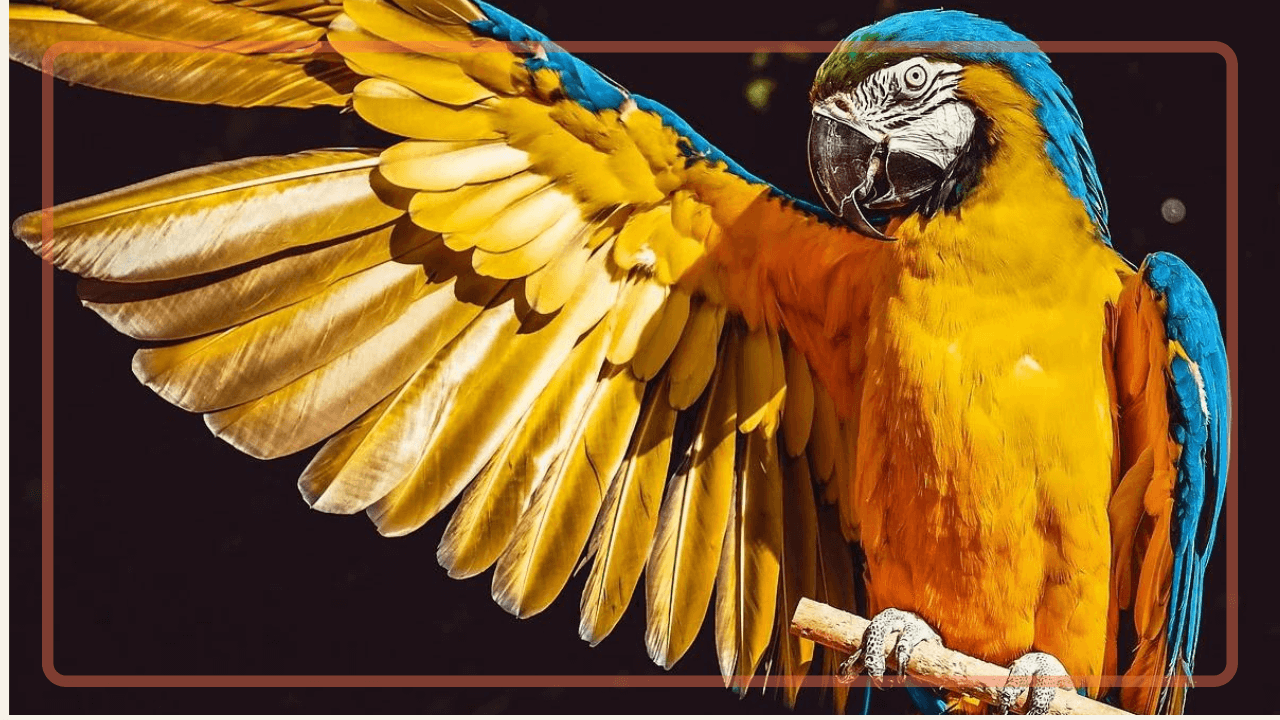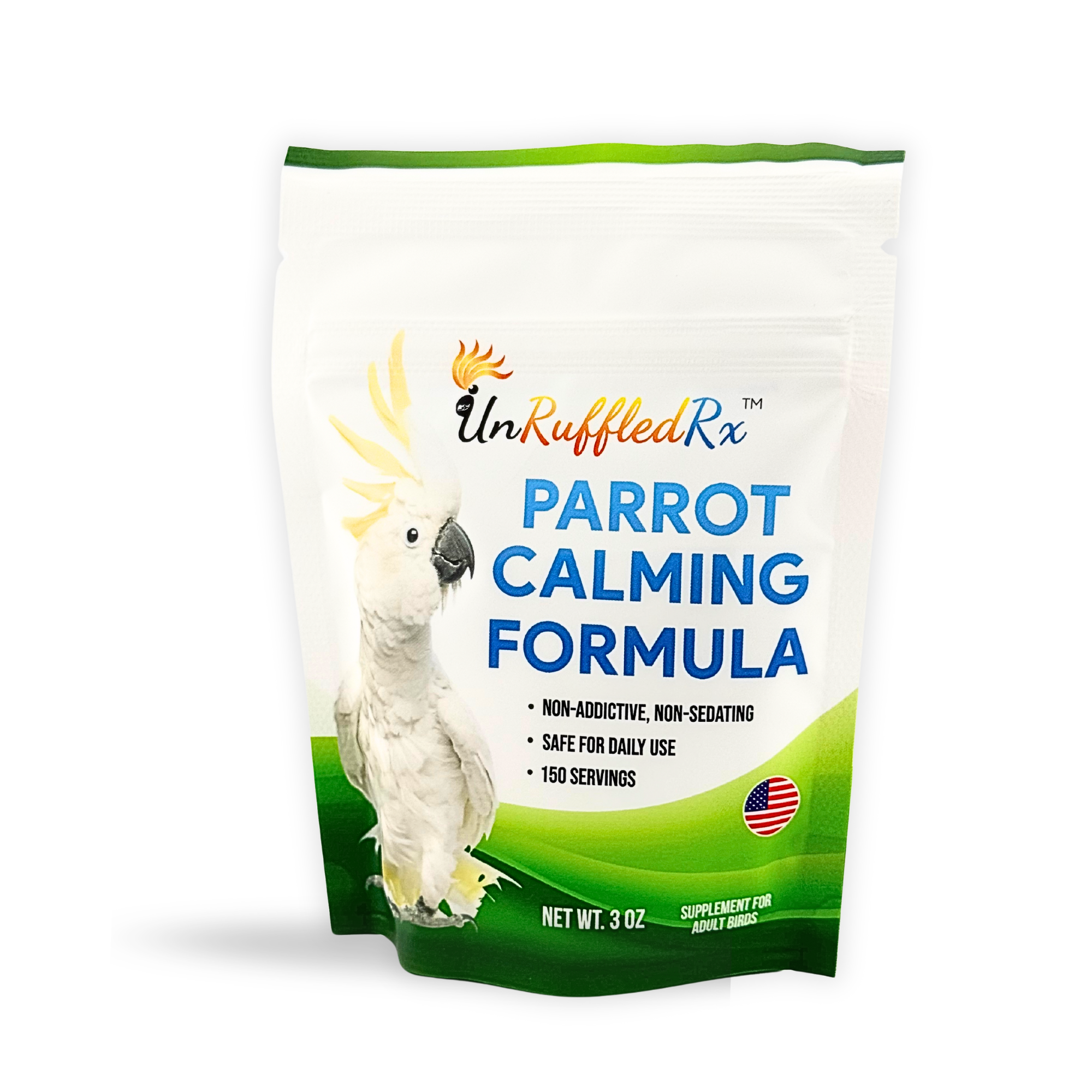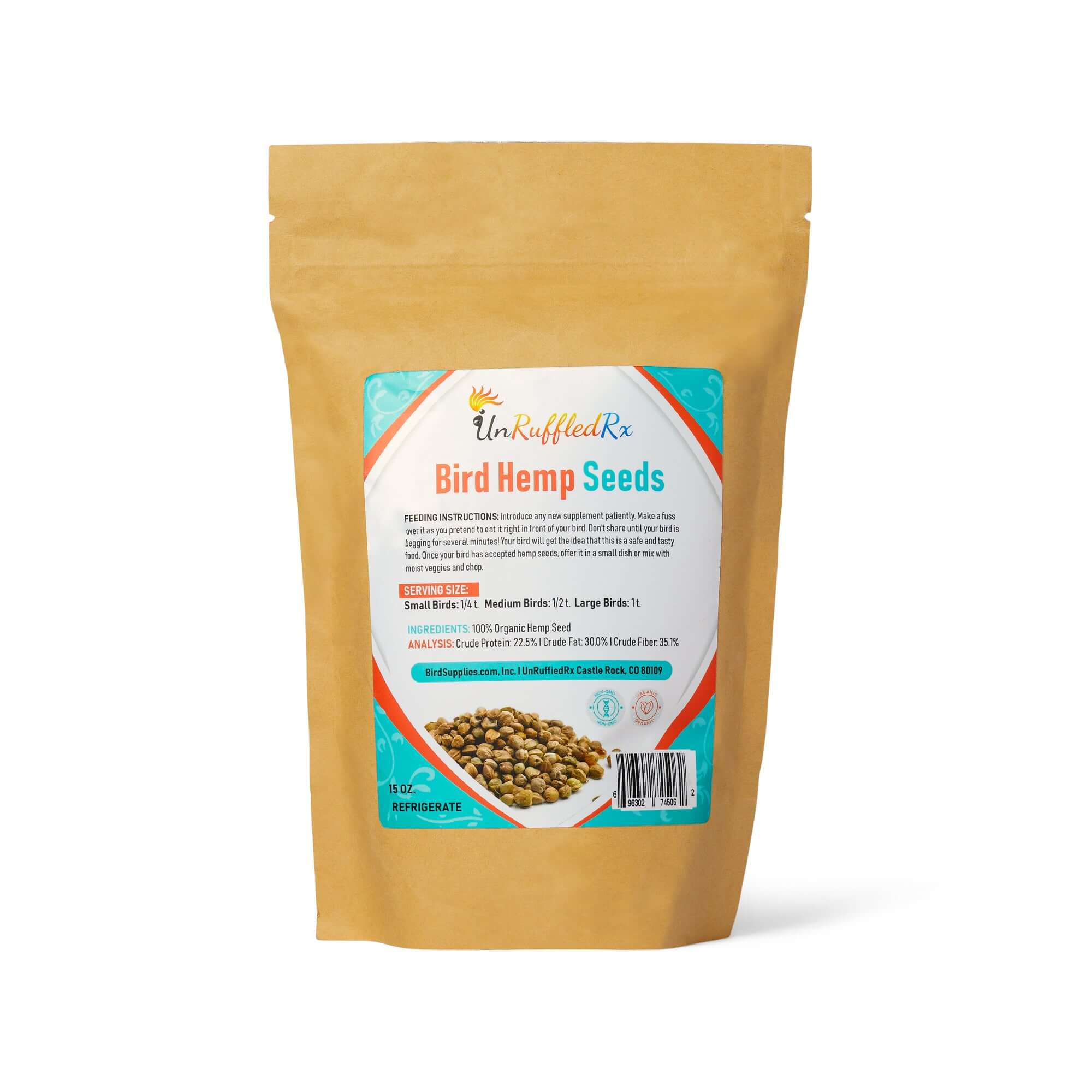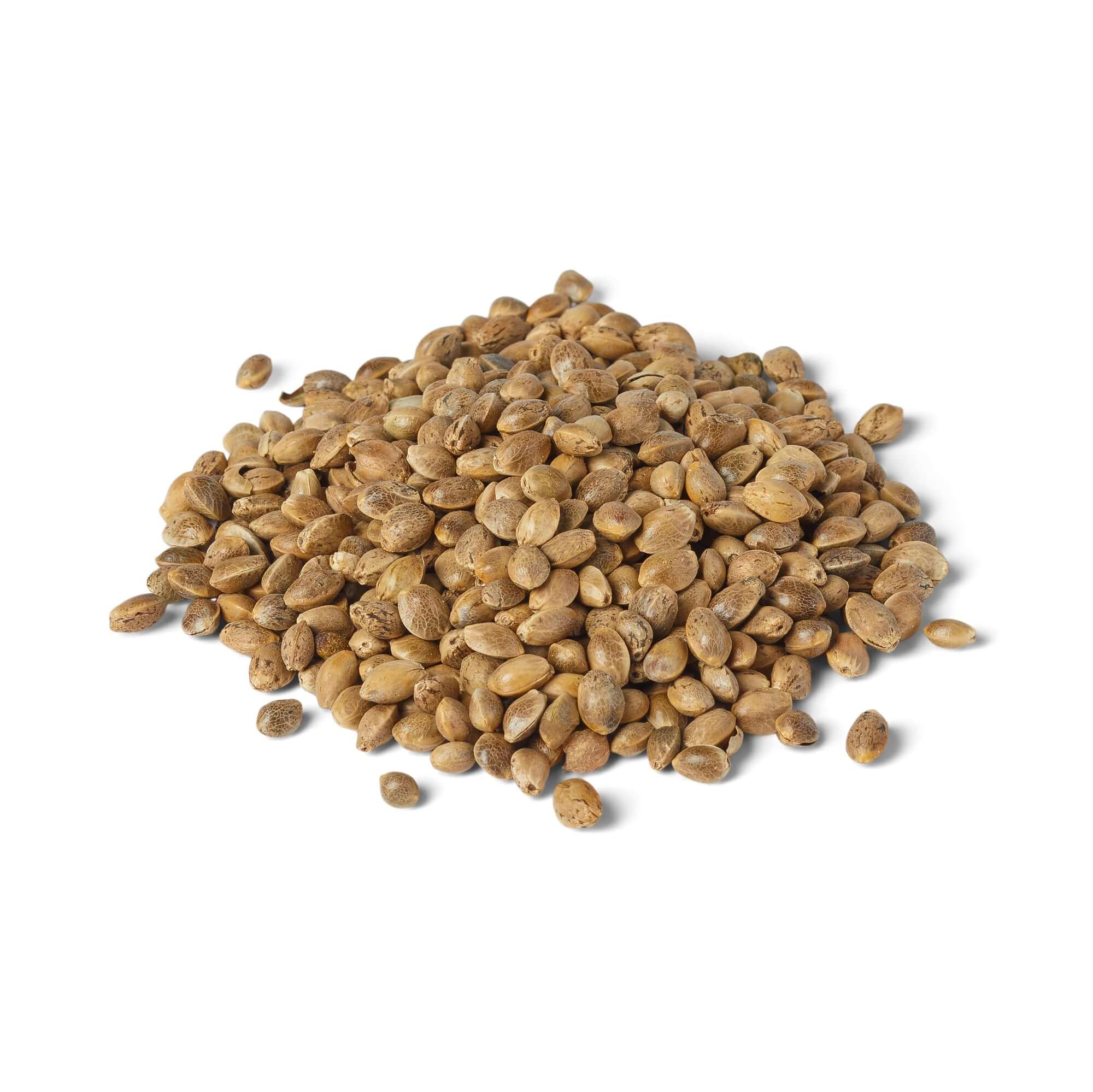Table of Contents
Clipping a bird's flight feathers is a topic of debate in avian care. It's vital to approach this practice with care, ensuring your pet's safety and well-being. Many avian experts recognize the need for wing trimming to prevent accidents. As avian vet Dr. Jane Smith affirms, "Wing trims are crucial for the safety of captive birds."
The Proper Way to Clip Bird Wings
1. Toweling Your Bird 🌿
When you embark on the journey of clipping your bird's wings, your first step is to gently and securely towel your feathered friend. This may sound simple, but it plays a crucial role in ensuring a safe and effective wing trimming experience for both you and your avian companion.
Safety First: Wrapping your bird in a towel is like giving them a soft, cozy hug. It's a safety measure designed to keep you and your feathered friend out of harm's way. Birds, just like any other pet, can get startled or anxious during the process. Their sudden movements can be unpredictable, and this is where the towel comes to the rescue. By gently securing your bird in a towel, you create a calm and stable environment, minimizing the chances of accidents.
Bird's Comfort: Believe it or not, most birds are not a fan of having their wings trimmed. They might squirm, wiggle, or attempt to take flight, which can be a recipe for stress and potential mishaps. Anxious birds, in particular, may benefit from Parrot Calming Formula during the procedure.
When you use a towel, it provides them with a sense of security, almost like a cozy birdie blanket. This helps your bird stay calm and reduces their desire to flap their wings wildly.
Efficiency: Wrapping your bird is not just about safety; it's also about efficiency. When your feathered friend is snugly cocooned in a towel, you can work more quickly and accurately. It becomes a bit like a precision operation, ensuring that the wing trimming process is swift and precise. Plus, your bird won't get tired from struggling, making the experience more pleasant for both of you.
In the world of wing clipping, the towel is your trusty companion. It wraps your bird in a protective embrace, creating a safe, calm, and efficient atmosphere for wing trimming. So, as you begin this journey, remember to gently secure your bird in a towel, because it's not just about their safety; it's about your safety and making the process smoother for everyone involved. 🪶🌿
Learn more about how to towel a bird here.
2. Check for Blood Feathers
Now, let's talk about something super important when it comes to trimming your bird's wings – looking out for those special feathers we call blood feathers. These feathers are a big deal in a bird's world, and knowing how to handle them is a key part of keeping your feathered friend in tip-top shape.

So, why are these feathers a big deal? 🌿
-
Feathers on a Mission: Blood feathers are like nature's works in progress. They're still growing and bustling with activity, serving as a lifeline for your bird's aerial adventures. These feathers are different because they have a tiny blood supply inside them, like a tiny nutrient highway.
-
Handle with Care: When you're examining your bird's wings, keep an eye out for these unique feathers. They're a bit like the VIP section at a concert – you don't want to mess with them. If you mistakenly cut a blood feather, it's like giving your bird an unplanned haircut in the wrong spot, and it can lead to some major bleeding. Ouch!
-
Safety Always: Your bird's safety is the top priority, and that means taking extra care around these blood feathers. Accidentally trimming one can be painful for your bird and really scary for you. It's like trying to fix a leaky faucet and ending up with a flooded bathroom. Not fun at all!
-
The Buffer Zone: Here's an extra tip: when you're checking for blood feathers, make sure to leave the regular feathers surrounding them intact. This buffer zone protects the sensitive blood feathers, preventing them from getting damaged or broken. It's like having some bodyguards to keep the VIP feathers safe at the concert.
So, as you get ready for wing trimming, keep a close eye on those special blood feathers, and don't forget the buffer zone to keep them safe and sound. It's all about looking out for your feathered buddy and ensuring they stay in the best shape possible. 🪶🌿
Routinely, in my avian practice, I encounter many problems associated with pet parrots that have inappropriately clipped or unclipped wings. Currumbin Valley Vet |
3. Trimming with Care – Keeping Your Bird Safe 🪶
Alright, let's dive into how you can trim your bird's wings the right way to ensure their safety. The key here is to make things easier for your feathery buddy.
Start by snipping just 3-4 feathers on each side. This helps your bird maintain balance when they're perched and ensures they can glide down safely when they get startled into taking flight.
Here's the deal: if you trim too many feathers, your bird could take a nose dive to the floor, and that can lead to some serious bruising and broken bones. Ouch! But here's the good part – you can always cut one more feather if your bird is still managing to take flight. Just remember, if you trim too many feathers at once, it could take months for them to grow back.
Make sure those feathers are cut to a length that keeps the surrounding feathers "safe." It's all about giving your bird the best possible experience while ensuring they stay safe and sound. 🪶
Don't forget to carefully check out the picture below to see exactly what we're talking about. 📸🌿

The Pros & Cons of Clipping Bird Wings
Now, let's weigh the pros and cons of clipping bird wings:
PROS |
CONS |
| ✔️ Birds with clipped wings have fewer household accidents. | ✖️ Wing trims that are too harsh can result in "crash landings" or severe accidents if the bird tries to fly. |
| ✔️ Clipping wings can lead to increased calmness in certain birds, as they become more reliant on their owner for support and security. | ✖️ The inability to fly may result in both physical & emotional distress. |
| ✔️ Clipping can assist in training and socialization, as it limits the bird's ability to take off easily. | ✖️ Birds may exhibit increased feather plucking or loud vocalization when they sense a lack of control over their environment and movement. |
| ✔️ Clipping bird wings may reduce the possibility of "fly-offs." | ✖️ Birds that cannot fly may not receive as much exercise, which is essential for their well-being. |
| ✖️ Some evidence suggests that feather clipping can disrupt a bird's balance and lead to an unnatural posture, potentially contributing to arthritis in later life. |
In conclusion...
the well-being of your feathered friend is a top priority. By understanding the art of wing clipping and the nuances of bird care, you can ensure their safety and happiness. Now, it's your turn to take action. Put your newfound knowledge into practice and provide the best care for your beloved pet bird. Your journey to responsible and loving bird ownership begins today! 🪶🦜
Related Posts:
References:
1. Veterinary Center for Birds and Exotics.Trimming Flight Feathers. Don't Just Wing it! https://avianexoticsvet.com/blog/trimming-flight-feathers-dont-just-wing-it/
2. Clipping is not necessary to keep birds safe around the house! References: Speer, B., 2015. Current Therapy in Avian Medicine and Surgery. Elsevier Health Sciences, p. 694. https://books.google.com/books?id=LKY_CwAAQBAJ
3. Jenkins, J.R., 2001. Feather picking and self-mutilation in psittacine birds. Veterinary clinics of North America: Exotic animal practice, 4(3), pp.651-667. https://www.sciencedirect.com/science/article/abs/pii/S1094919417300294
4. Rubinstein, J. and Lightfoot, T., 2012. Feather loss and feather destructive behavior in pet birds. Journal of exotic pet medicine, 21(3), pp.219-234. https://www.vetexotic.theclinics.com/article/S1094-9194(13)00089-3/pdf
5. Kubiak, M., 2015. Feather plucking in parrots. In Practice, 37(2), pp.87-95. https://inpractice.bmj.com/content/37/2/87
Link to this blog
Diane Burroughs, LCSW is a licensed psychotherapist trained in ABA therapy techniques. She specializes in avian anxiety disorders and is certified in Nutrition For Mental Health. Diane has written a number of bird behavior books and she offers behavior consultations. She's developed a range of UnRuffledRx Science-backed Parrot Wellness Supplies.
Diane's products have been featured in the Journal of Avian Medicine and Surgery and at Exoticscon, a conference for exotic pet veterinarians. Her bird collars & supplements are stocked in avian vet clinics and bird stores throughout the US. With over 30 years in the field of behavior, Diane has created thousands of successful individualized behavior plans that help pets thrive.
TAGS: #ClippingBirdWings #HowToTrimBirdWings
SHARING IS CARING! PLEASE SHARE ON YOUR FAVORITE SOCIAL MEDIA NOW!














